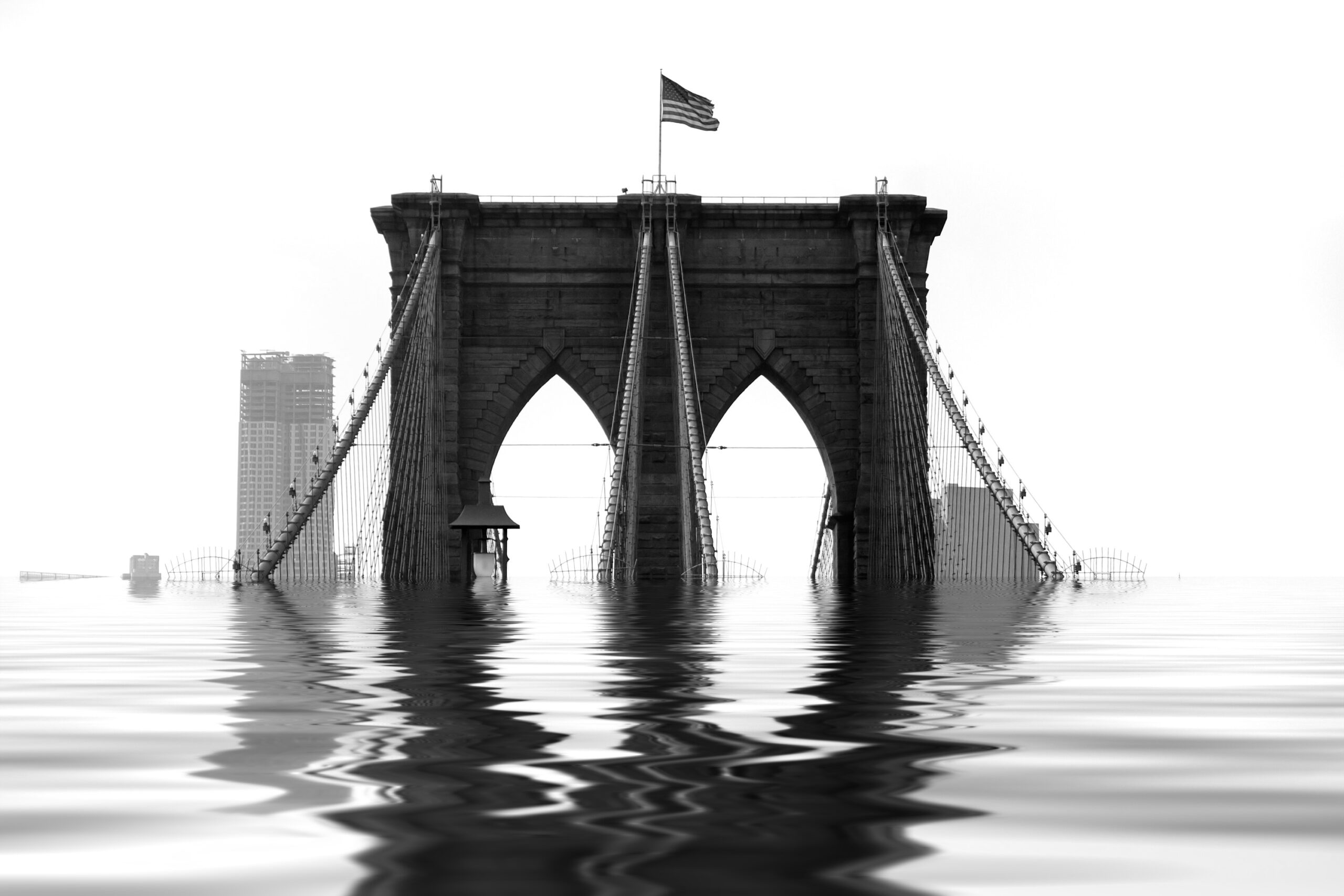Natural disasters can strike with little warning, leaving devastation in their wake. Whether it’s hurricanes, earthquakes, wildfires, or floods, understanding the risks associated with these events is crucial for effective preparedness. Each type of disaster carries its own potential impact—hurricanes can lead to severe flooding and wind damage; earthquakes can cause structural failures and landslides; wildfires might consume entire communities in mere hours. By familiarizing yourself with these risks, you can develop a proactive mindset that emphasizes safety and resilience.

Once you grasp the potential dangers, it’s time to focus on preparation essentials. A well-stocked emergency kit is your first line of defense when disaster strikes. Begin by gathering items that ensure basic survival: non-perishable food supplies, clean water (at least one gallon per person per day), a flashlight with extra batteries, a first-aid kit, and essential medications. Don’t forget vital documents—insurance policies, IDs, and bank information should be stored in a waterproof container or digitally backed up. Consider adding personal touches like comfort items or games for children to ease anxiety during stressful times.
Equally important is creating a family emergency plan that outlines steps everyone should take before, during, and after a disaster. Start by establishing communication protocols—who will contact whom? Designate an out-of-town relative or friend as a central point of contact so that family members can check in if separated. Identify multiple evacuation routes from your home and practice them together regularly. Discuss meeting places where everyone knows to go if local roads become impassable. Regularly reviewing this plan ensures everyone stays informed and prepared.
In our fast-paced digital world, technology plays an invaluable role in staying informed about impending disasters. Sign up for local alerts through government agencies or weather apps that provide real-time updates on conditions and warnings specific to your area. Social media platforms are another resource for connecting with community leaders who often share critical information during emergencies. Additionally, consider investing in a NOAA Weather Radio—a reliable tool that broadcasts timely alerts even when power outages occur.
Beyond personal preparation lies the essence of community resilience—an often-overlooked aspect of disaster readiness. Engage with local organizations focused on emergency response efforts; volunteering not only strengthens your skills but also fosters connections within your neighborhood. Participate in community drills hosted by fire departments or rescue teams to practice evacuation procedures collectively. While preparing yourself is vital, extending help to those around you creates an environment where everyone feels supported and empowered.
In conclusion, planning for natural disasters involves much more than buying supplies—it requires understanding risks associated with various hazards while fostering strong communication within families and communities alike. Equip yourself with knowledge about potential threats; assemble an emergency kit filled with essentials; create an actionable family plan; utilize technology wisely; and actively contribute to community resilience initiatives. By taking these measures today, we position ourselves not just as survivors but as resilient individuals ready to face whatever challenges come our way tomorrow.






